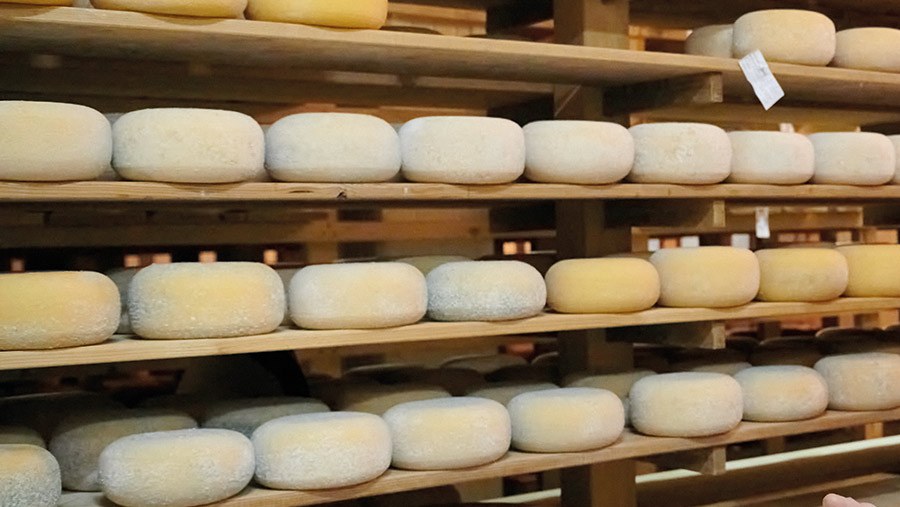UK cheese exports to Europe grew during first half of 2022
 © Adobe Stock
© Adobe Stock The UK saw cheese exports grow during the first half of 2022, but analysts are warning that a combination of high wholesale prices and the cost-of-living crisis may affect trade for the rest of the year.
Latest trade figures from the AHDB show there was a 22% increase in the total volume of cheese exported during the second quarter of 2022, compared with the same period in 2021.
This contrasts with other dairy categories, which saw skimmed milk powder exports dropping by 38%, cream exports falling by 18% and butter exports declining by 12%.
See also: UK signs deal to export raw milk cheeses to Australia
The data show that following the Brexit-induced drop-off in exports at the beginning of 2021, cheese exports have gradually increased, with France and Sweden taking more cheese in the second quarter of 2022 than they did in the equivalent pre-Brexit period.
Looking at the year to June 2022, total cheese exports were 25% above where they were last year and running in line with the overall total for the first half of 2020.
The change in volume is down to increased demand from Europe as exports to non-EU countries have remained static over the past couple of years.
However, while UK cheese has performed strongly in France and Sweden, trade is yet to return to pre-Brexit levels in countries such as Germany, Denmark and Spain, which have traditionally been significant buyers.
AHDB analyst Charlotte Forkes-Rees warned that despite the improvement in trade so far this year, total cheese exports may be slow to return to levels seen before Brexit.
“Trade in 2021 was abnormally low due to the uncertainties and added trade friction associated with the UK leaving the EU,” she said.
“While most traders have now adapted to the majority of these barriers, the average price a tonne for cheese has seen a 15% increase in comparison with prices seen in Q2 2021.
“This increase in price may affect trade for the remainder of the year, particularly with the cost-of-living challenges facing consumers.”
